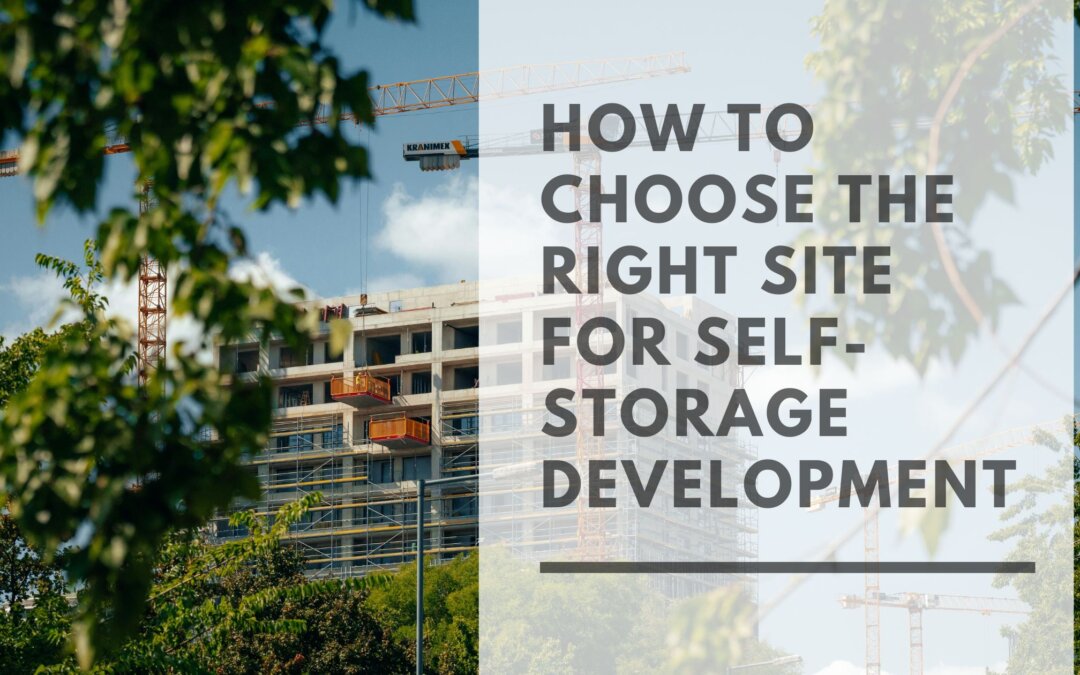Self-storage is a high-demand asset class that thrives in a variety of market conditions, but its success hinges on choosing the right development site. The profitability of a self-storage facility depends on visibility, accessibility, zoning compatibility, and unmet demand in the trade area. An informed, strategic site selection process is essential to long-term returns.
The ideal self-storage site is situated in a growing residential area or near dense population centers, with proximity to multifamily housing, retail corridors, and transportation nodes. Since self-storage is a convenience-based service, customers typically seek facilities within a 3- to 5-mile radius of their homes. Visibility from busy roads or intersections boosts marketing without additional costs.
Before pursuing a site, developers must conduct a supply and demand analysis. This includes evaluating existing storage facilities within a 1-, 3-, and 5-mile radius to determine occupancy rates, pricing, and unit mix. Areas with a high ratio of population to storage square footage or low vacancy rates indicate a favorable development opportunity.
Zoning is a critical hurdle. Many municipalities restrict or heavily regulate new self-storage development. Industrial or commercial zoning is often required, and some jurisdictions impose aesthetic or design standards, such as façade upgrades, landscaping buffers, or prohibitions on outdoor access units. Developers should engage planning staff early to assess feasibility and address community concerns proactively.
Parcel characteristics also play a vital role. Sites should be flat, regularly shaped, and large enough to accommodate drive aisles, climate-controlled units, and stormwater systems. Irregularly shaped lots or significant grade changes can reduce net rentable area and increase construction complexity.
Infrastructure availability—especially access to utilities like electricity, water, and sewer—is another key consideration. Costs can quickly escalate if developers must extend infrastructure over long distances or upgrade existing systems. In some rural or transitioning urban areas, this may require negotiations with local authorities or special assessments.
Design efficiency is closely tied to site layout. Developers should prioritize maximizing the rentable square footage while maintaining good circulation, fire access, and security. Climate-controlled multi-story facilities are increasingly common in urban infill sites where land is limited, while single-story buildings with drive-up access are more suited for suburban and exurban markets.
Beyond physical and regulatory factors, developers must also consider the broader economic context. Is the area experiencing job and population growth? Are major employers moving in or out? Is new multifamily development underway that could boost storage demand? All of these variables influence long-term project viability.
Finally, strong self-storage sites must meet investor return thresholds. Land cost, construction estimates, lease-up period, and projected rental income should be modeled conservatively. Developers may also consider partnering with experienced third-party operators to stabilize assets quickly and enhance operational performance.
In summary, choosing the right site for self-storage development is a data-driven process that requires market analysis, regulatory alignment, and physical feasibility. Developers who master these fundamentals position their projects for strong lease-up, steady cash flow, and future scalability.
